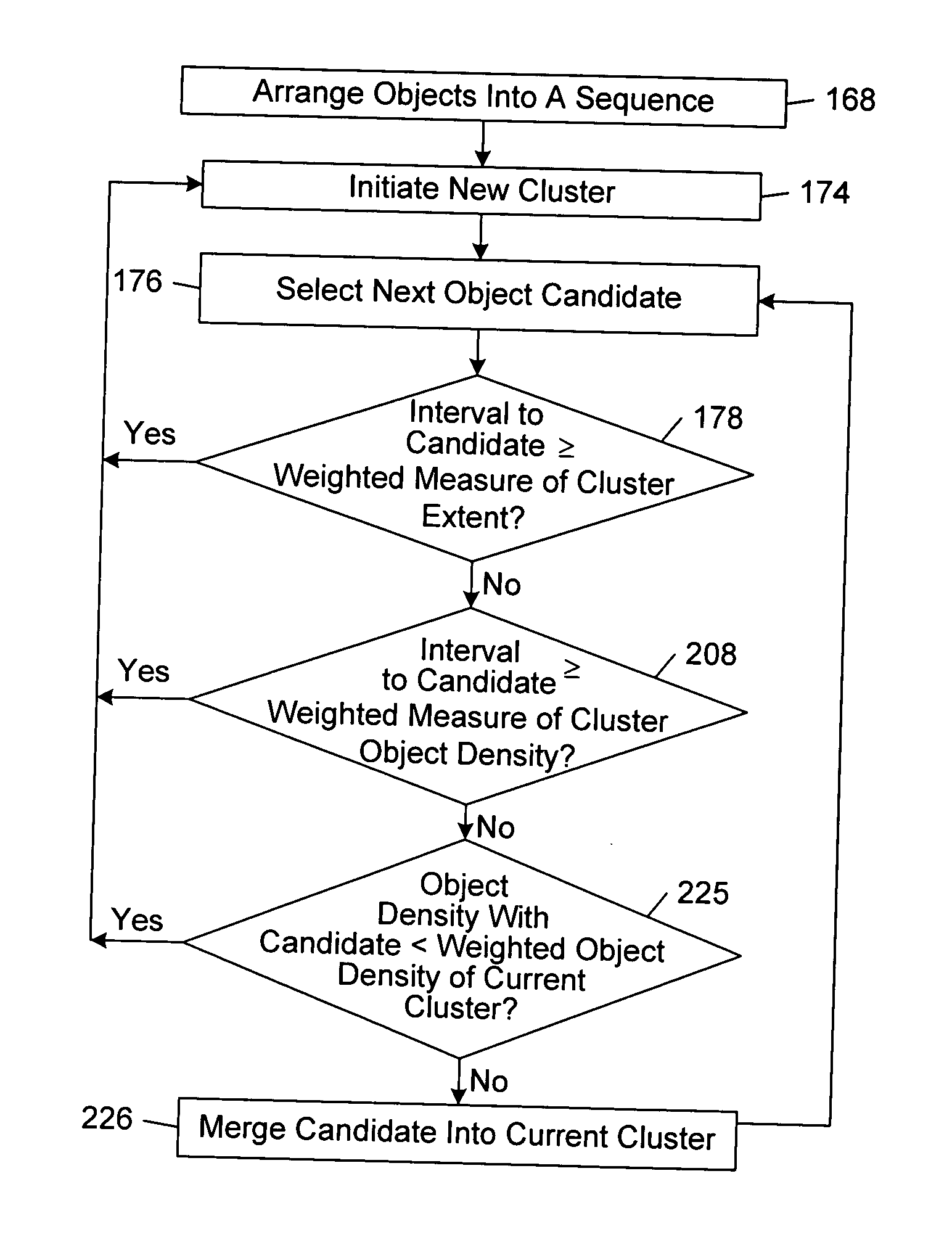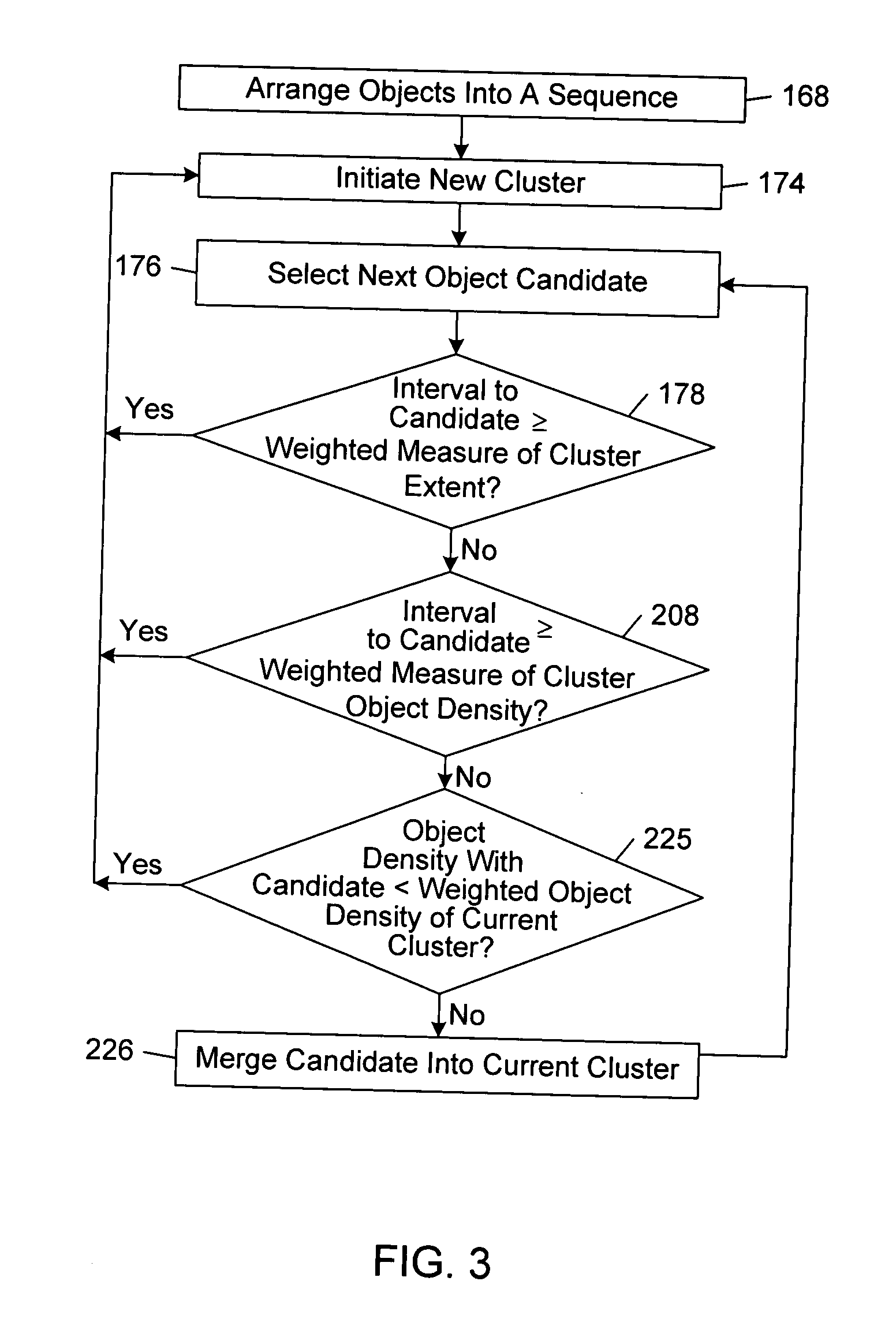Organizing a collection of objects
a technology applied in the field of objects and collections, can solve the problems of manual classification systems, time-consuming and unwieldy, web facade, and inability to organize, and achieve the effects of reducing the number of objects
- Summary
- Abstract
- Description
- Claims
- Application Information
AI Technical Summary
Benefits of technology
Problems solved by technology
Method used
Image
Examples
Embodiment Construction
In the following description, like reference numbers are used to identify like elements. Furthermore, the drawings are intended to illustrate major features of exemplary embodiments in a diagrammatic manner. The drawings are not intended to depict every feature of actual embodiments nor relative dimensions of the depicted elements, and are not drawn to scale.
I. System Overview
The object manager embodiments described in detail below are configured to automatically organize a collection of objects into meaningful clusters (or groups) that may be used for any of a variety of applications, including permanent organization, collective annotation, and dynamic visualization. The objects are segmented based on criteria structured to model the ways in which objects typically are created so that each of the resulting clusters more accurately contains all of the objects relating to a common context (e.g., the same event, location, or subject matter). In this way, the object manager embodi...
PUM
 Login to View More
Login to View More Abstract
Description
Claims
Application Information
 Login to View More
Login to View More - R&D
- Intellectual Property
- Life Sciences
- Materials
- Tech Scout
- Unparalleled Data Quality
- Higher Quality Content
- 60% Fewer Hallucinations
Browse by: Latest US Patents, China's latest patents, Technical Efficacy Thesaurus, Application Domain, Technology Topic, Popular Technical Reports.
© 2025 PatSnap. All rights reserved.Legal|Privacy policy|Modern Slavery Act Transparency Statement|Sitemap|About US| Contact US: help@patsnap.com



